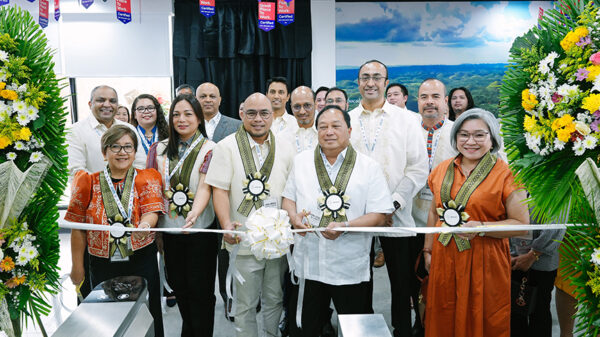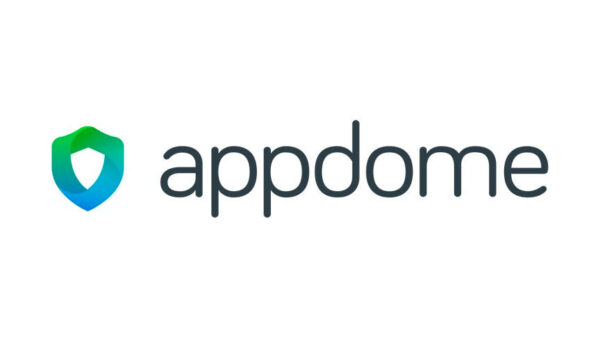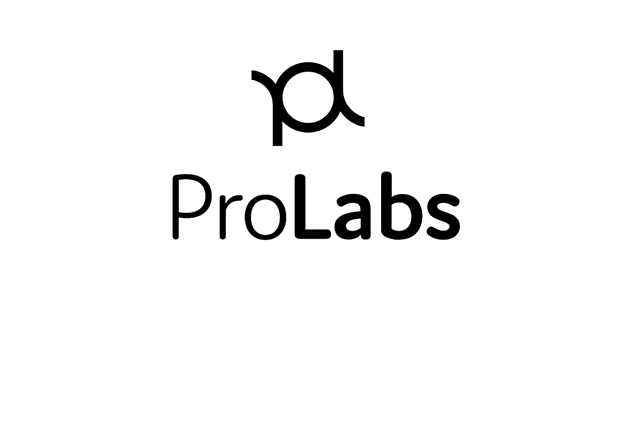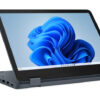ProLabs, a player leader in optical networking and connectivity solutions, expanded next generation 400G network capabilities with the launch of its new transceiver solutions to address rising network capacity demands.
Increasing 5G traffic is placing pressure on network operators to upgrade their current infrastructure. To address these challenges and meet the capacity demands, both now and in the future, ProLabs latest transceiver – the QSFP28-DD 2x 100G – enables operators to increase port-density, solve interoperability issues between current and future infrastructure and minimize infrastructure investments.
“For network operators to excel in a competitive market, it is imperative to deliver high-quality, high-capacity network connectivity in line with growing customer expectations,” said Patrick Beard, Chief Technology Officer at ProLabs. “Doing so, requires investment in next generation 400G infrastructure whilst also keeping costs to a minimum to protect the bottom line. Our latest transceiver solution allows networks to increase capacity while reducing upgrade costs to provide flexibility for the future.”
As data centers and network operators move to 400G to offer higher data rates, significant interoperability issues have risen with current network infrastructures – forcing entire systems to be replaced at a huge cost. The new ProLabs QSFP-DD 2x 100G transceiver utilizes two Non-Return to Zero (NRZ) connections and is compatible with many existing transceivers, offering large scale operators the ability to invest while minimizing cost.
Beard added: “We are delighted to be launching the QSFP-DD 2x 100G at OFC 2020. The solution will provide more operators with a transceiver-based option to combat the challenges of interoperability. It will make a significant difference to avoid the replacement of entire systems and the costs that come with it.”
ProLabs QSFP28-DD 2x 100G transceivers utilize the new high-density CS® connector to hand off two 100G NRZ connections to the network and are interoperable with existing 100G-CWDM4, 100G-LR4, and 100G-4WDM10 transceivers. 2x 100G transceivers offer large scale operators the ability to invest in the relief of network bottlenecks, reduce overhead expense and provide flexibility for the future.











































































































